
Sumy: The Heart of Northern Ukraine
Explore Sumy, a charming city in northern Ukraine, where history, culture, and nature converge in a picturesque setting. Discover its parks, museums, and vibrant local life.
Sumy, nestled in northern Ukraine, offers a unique blend of history, culture, and natural beauty. Founded in the 17th century, this city stands as a testament to Ukrainian resilience and spirit. Walking through Sumy's streets, you are surrounded by an array of architectural styles, from classic Soviet-era buildings to charming Baroque churches, each telling its own story of the past. The city's parks and gardens are a haven for nature lovers. Sumy is known for its lush green spaces, including the picturesque Chekhov Park, named after the famous Russian writer, and the serene Kozhedub Park, perfect for a peaceful stroll or a family picnic. The Psel River, winding through the city, offers opportunities for boating and riverside relaxation. Sumy is also a cultural hub, with numerous museums, theaters, and galleries. The Sumy Regional Art Museum houses an impressive collection of Ukrainian and Russian art, while the Sumy State Drama and Musical Comedy Theater provides an array of performances throughout the year. Sumy's vibrant markets, such as the Central Market, offer a taste of local life and flavors, making it an excellent spot for souvenir hunting and sampling traditional Ukrainian cuisine.
Local tips in Sumy
- Visit the Central Market early in the morning for the freshest produce and local treats.
- Take a walk along the Psel River during sunset for breathtaking views.
- Explore the Sumy Regional Art Museum for a deep dive into local art and history.
- Enjoy a boat ride on the Psel River for a different perspective of the city.
- Check the schedule at the Sumy State Drama and Musical Comedy Theater for live performances.
Sumy: The Heart of Northern Ukraine
Sumy, nestled in northern Ukraine, offers a unique blend of history, culture, and natural beauty. Founded in the 17th century, this city stands as a testament to Ukrainian resilience and spirit. Walking through Sumy's streets, you are surrounded by an array of architectural styles, from classic Soviet-era buildings to charming Baroque churches, each telling its own story of the past. The city's parks and gardens are a haven for nature lovers. Sumy is known for its lush green spaces, including the picturesque Chekhov Park, named after the famous Russian writer, and the serene Kozhedub Park, perfect for a peaceful stroll or a family picnic. The Psel River, winding through the city, offers opportunities for boating and riverside relaxation. Sumy is also a cultural hub, with numerous museums, theaters, and galleries. The Sumy Regional Art Museum houses an impressive collection of Ukrainian and Russian art, while the Sumy State Drama and Musical Comedy Theater provides an array of performances throughout the year. Sumy's vibrant markets, such as the Central Market, offer a taste of local life and flavors, making it an excellent spot for souvenir hunting and sampling traditional Ukrainian cuisine.
When is the best time to go to Sumy?
Iconic landmarks you can’t miss
Altanka
Explore Altanka, a historical landmark in Sumy, Ukraine, where architectural beauty meets serene landscapes, perfect for relaxation and cultural appreciation.
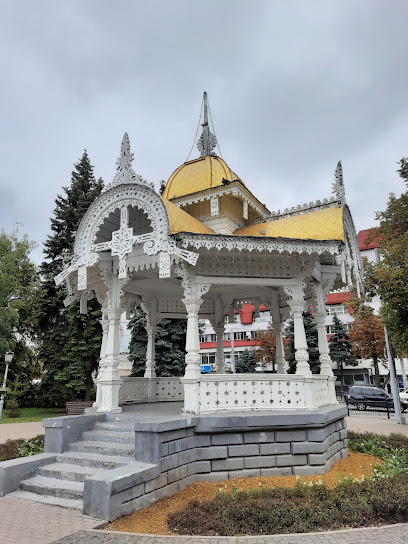
Kozhedub Culture and Recreation Park
Discover the lush greenery and vibrant recreational activities at Kozhedub Culture and Recreation Park in Sumy, a perfect escape for nature lovers and families alike.
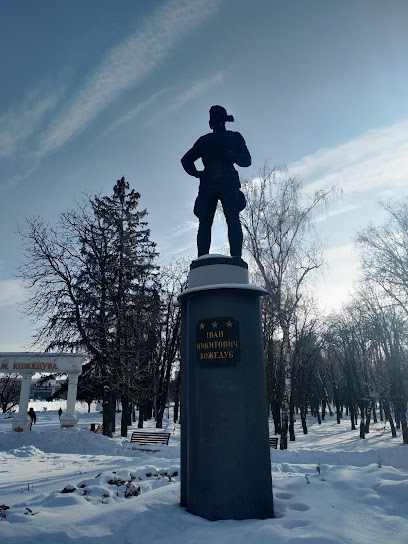
Memorial of Glory
Discover the Memorial of Glory in Sumy, a serene memorial park where history and nature blend beautifully, honoring the sacrifices of heroes.
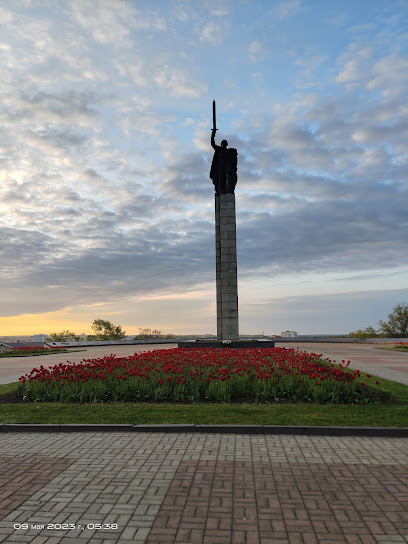
Spaso-Preobrazhensʹkyy Kafedralʹnyy Sobor (Russian church in UA)
Discover the spiritual beauty of Spaso-Preobrazhenskyy Cathedral in Sumy, a stunning Orthodox landmark rich in history and architectural splendor.

Sadko
Explore the enchanting Sadko Fountain in Sumy, a captivating landmark that beautifully combines art, culture, and relaxation in one stunning location.
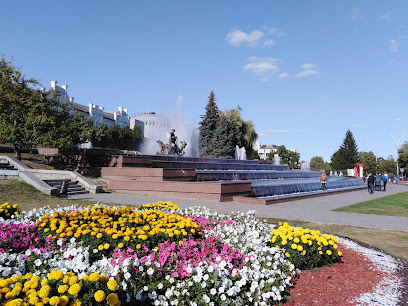
Holy Resurrection Cathedral
Discover the stunning Holy Resurrection Cathedral, a breathtaking landmark blending spiritual heritage and architectural beauty in the heart of Sumy.
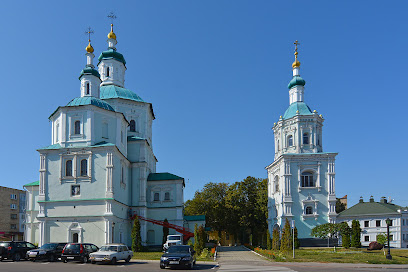
Shevchenko Park Square
Explore the beauty of Shevchenko Park Square, Sumy's tranquil oasis filled with lush landscapes, cultural monuments, and vibrant local life.

Trinity Cathedral
Discover the architectural beauty and serene spirituality of Trinity Cathedral, a must-visit landmark in Sumy, Ukraine.
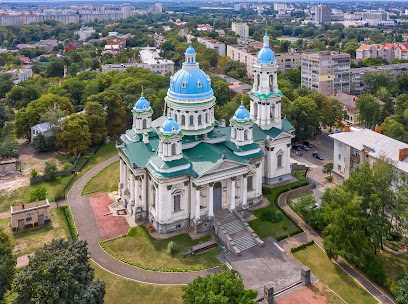
Sugar Monument
Experience the charm of Sumy's Sugar Monument, a tribute to the region's sweet history and a captivating landmark for every traveler.

Regional Museum of Art
Explore the rich artistic heritage of Ukraine at the Regional Museum of Art in Sumy, featuring diverse exhibits and captivating workshops.
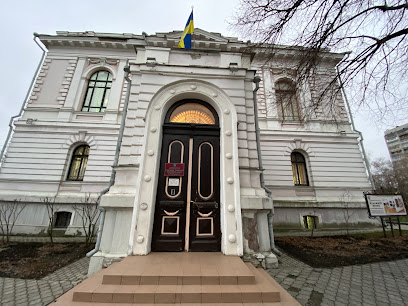
Sumy Regional Museum
Explore Sumy's rich cultural heritage at the Sumy Regional Museum, a local history gem showcasing the region's fascinating past and diverse traditions.
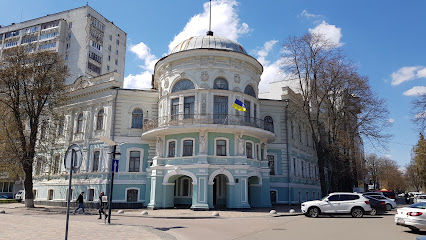
Church of the Annunciation of the Blessed Virgin Mary
Explore the rich spiritual heritage and breathtaking architecture of the Church of the Annunciation of the Blessed Virgin Mary in Sumy, Ukraine's serene cultural landmark.
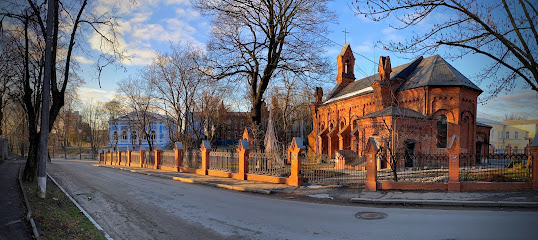
Lushpa Monument
Explore the Lushpa Monument in Sumy, a historical landmark embodying Ukraine's rich cultural heritage and architectural beauty.
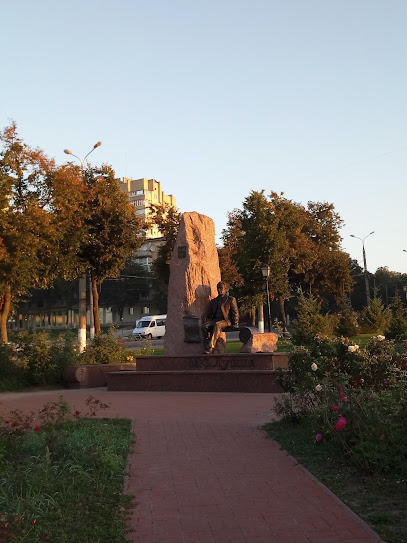
Manor Sumovskyh
Experience the architectural beauty and historical allure of Manor Sumovskyh, a must-visit tourist attraction in Sumy, Ukraine.
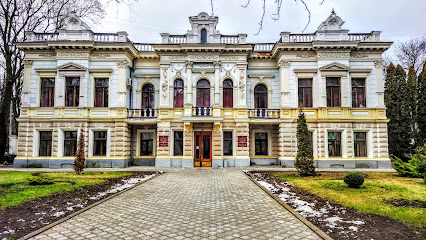
Mykhailo Shchepkin Monument
Explore the Mykhailo Shchepkin Monument in Sumy, a cultural gem celebrating the legacy of a Ukrainian theatrical icon amidst serene park surroundings.
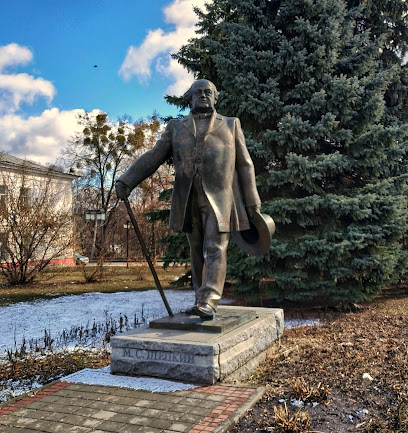
Unmissable attractions to see
Altanka
Explore Altanka in Sumy, a historical landmark that showcases Ukraine's rich cultural heritage amidst stunning architecture and serene landscapes.
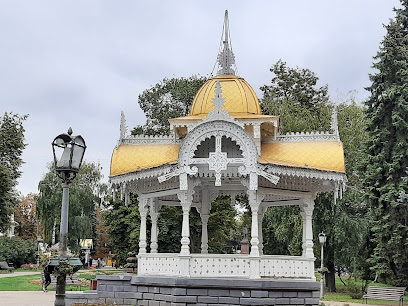
Kozhedub Culture and Recreation Park
Discover the beauty and cultural heritage of Kozhedub Culture and Recreation Park in Sumy, a perfect retreat for nature lovers and families.
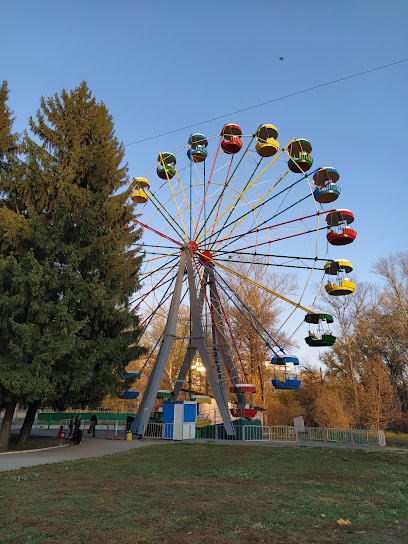
Holy Resurrection Cathedral
Discover the Holy Resurrection Cathedral in Sumy, a stunning Orthodox church that showcases exquisite architecture and rich cultural heritage.
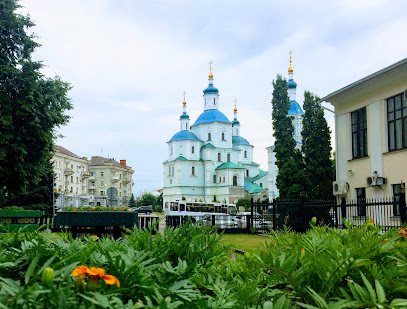
Sugar Monument
Explore the Sugar Monument in Sumy, a charming tribute to the city's sugar industry heritage, surrounded by beauty and local culture.

Grandma's yard
Discover the wonders of wildlife at Grandma's Yard Zoo in Sumy, Ukraine, where family fun meets educational experiences in a beautiful garden setting.
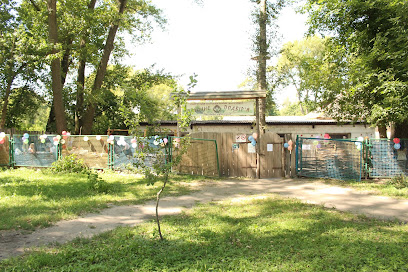
Сквер ім. Сумської Терооборони
Explore the tranquil beauty of Skver im. Sumskoi Teroborony, a serene park in Sumy perfect for relaxation and cultural immersion.
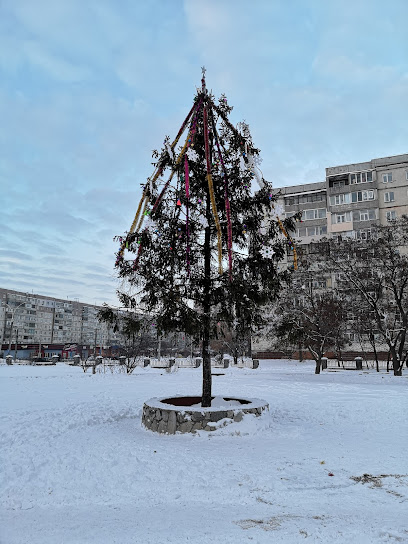
Regional Museum of Art
Explore the Regional Museum of Art in Sumy, where culture and creativity converge through remarkable collections and vibrant exhibitions.

Sumy Regional Museum
Explore the Sumy Regional Museum to immerse yourself in the rich culture and history of Sumy, Ukraine's vibrant heritage hub.
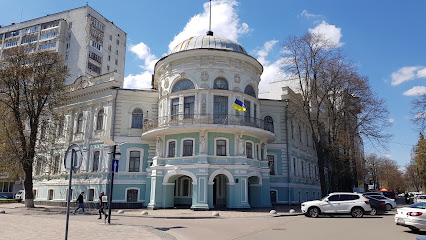
Ivanu Kharytonenku
Explore the historical charm of Ivanu Kharytonenku in Sumy, Ukraine, a captivating landmark showcasing rich culture and stunning architecture.
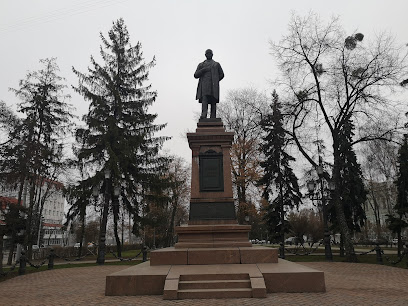
ДОМ-МУЗЕЙ А.П. ЧЕХОВА, ОТДЕЛ КРАЕВЕДЧЕСКОГО МУЗЕЯ
Explore the rich cultural heritage of Sumy at the Chekhova Museum, where history and art blend seamlessly in a captivating experience.
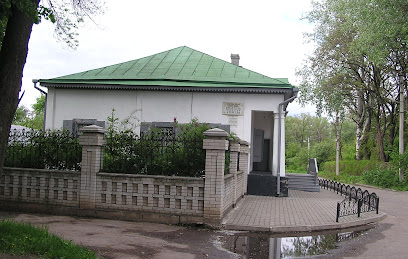
Manor Sumovskyh
Discover the enchanting beauty and historical significance of Manor Sumovskyh in Sumy, a must-visit tourist attraction in Ukraine.
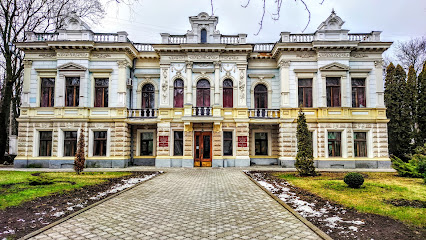
Essential places to dine
Shalena Shkvarka
Experience authentic Ukrainian cuisine at Shalena Shkvarka in Sumy—where tradition meets flavor in every dish.
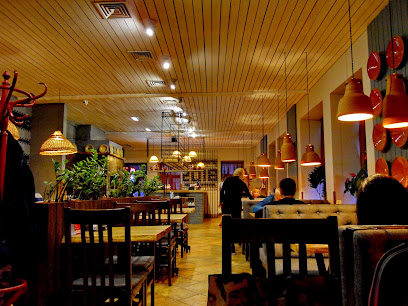
Viva Olive
Experience authentic Italian cuisine at Viva Olive in Sumy – where every dish tells a story.
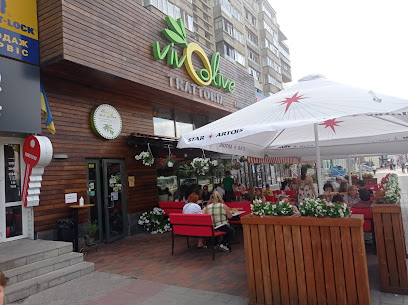
La Spezia
Discover La Spezia in Sumy – A culinary journey through authentic Ukrainian flavors and international delights awaits you.
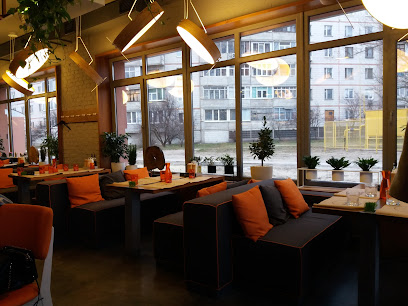
Kozatsʹka Brovarnya
Discover Kozatsʹka Brovarnya in Sumy - where artisanal brews meet traditional Ukrainian flavors in a cozy brewpub setting.
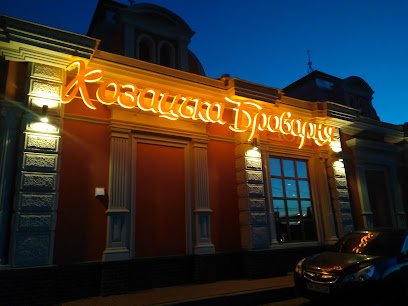
The Mix
Discover the exquisite flavors of Europe at The Mix in Sumy - where every meal is a delightful culinary adventure.
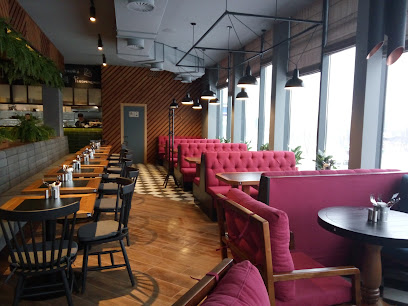
Sazha
Discover Sazha in Sumy: A delightful restaurant blending local flavors with international cuisine for an unforgettable dining experience.

Verde by La Spezia
Discover the flavors of Ukraine at Verde by La Spezia, where every dish tells a story amidst cozy surroundings.
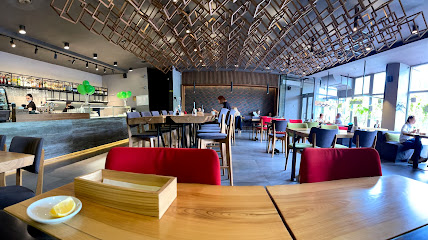
Стумари
Experience the vibrant flavors of Georgia at Stumari in Sumy—an authentic restaurant offering delicious dishes and warm hospitality.
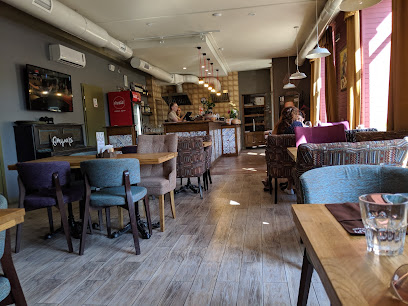
Vin&Gret
Experience the rich flavors of Ukraine at Vin&Gret, Sumy's premier dining destination for locals and tourists alike.
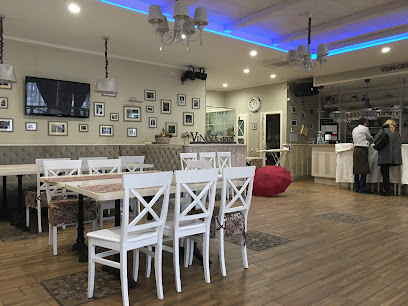
Che`s Cafe
Discover Che's Cafe in Sumy: A delightful fusion of local flavors and international cuisine awaits you!
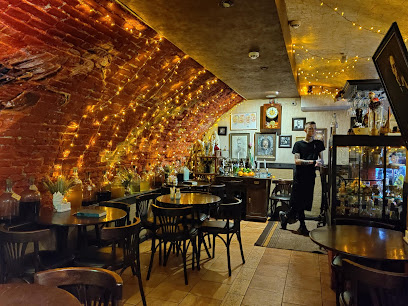
Puri Marili
Experience authentic Georgian cuisine at Puri Marili in Sumy – where every meal tells a story through flavor.
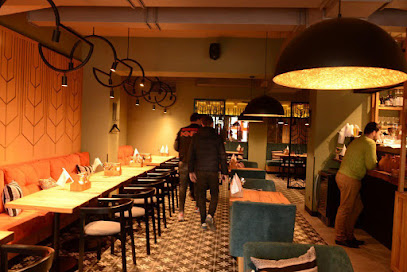
Alʹbion
Savor exquisite grilled dishes at Alʹbion in Sumy - where culinary tradition meets modern flair.
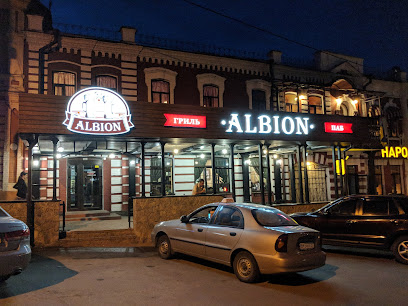
Italiamo
Experience authentic Italian cuisine at Italiamo in Sumy, where delicious flavors meet a warm ambiance for every occasion.
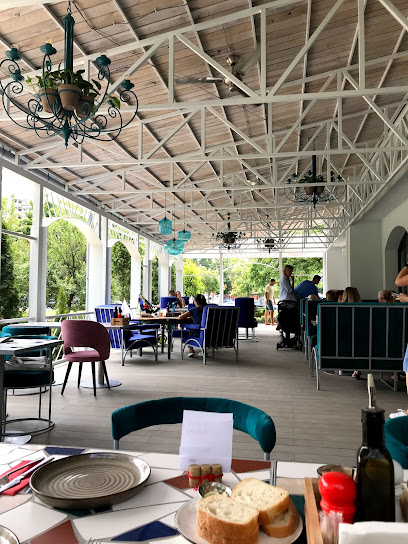
Loft
Discover Loft in Sumy: A vibrant restaurant offering exquisite local and international cuisine in an inviting atmosphere.
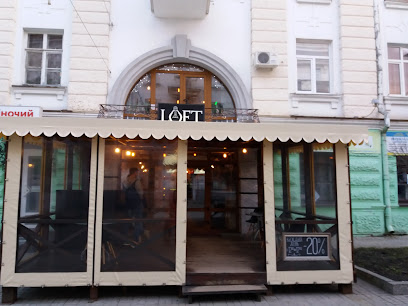
Family
Experience authentic Ukrainian cuisine at Family Restaurant in Sumy – perfect for families and food enthusiasts seeking delicious meals.
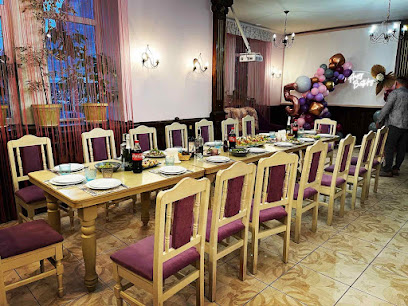
Markets, malls and hidden boutiques
Kyiv
Discover Kyiv – a dynamic shopping mall in Sumy filled with diverse retail options, entertainment, and delightful dining experiences.
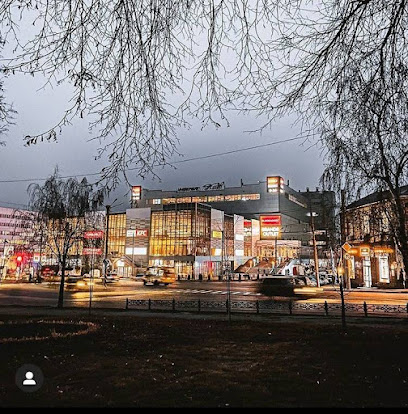
Frans.ua
Experience the best of Sumy at Frans.ua, a cozy coffee shop offering exceptional brews and a vibrant atmosphere.
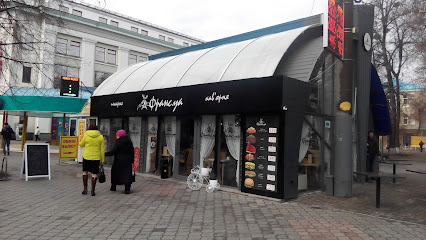
Teatralʹna Kondytersʹka
Discover the delightful world of desserts at Teatralʹna Kondytersʹka, where every sweet treat is a masterpiece waiting to be enjoyed.
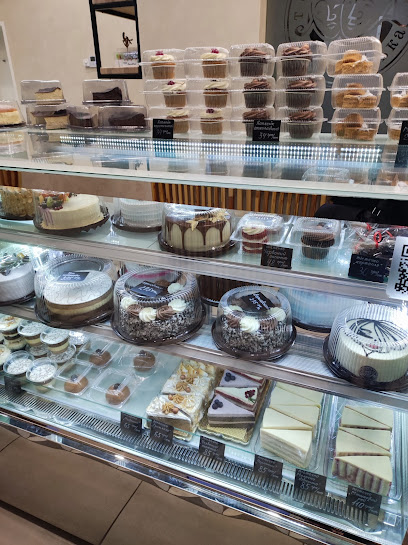
Lviv Handmade Chocolate
Experience the sweetness of Lviv Handmade Chocolate in Sumy - a delightful coffee shop for chocolate lovers and coffee enthusiasts.
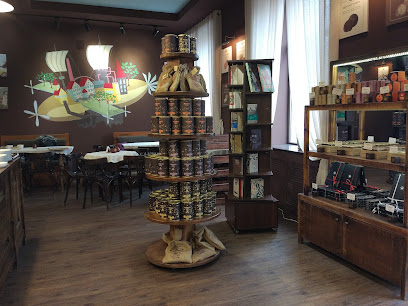
Kniharnya.E
Explore the literary treasure of Kniharnya.E in Sumy, where books come alive in a cozy atmosphere for all book lovers.
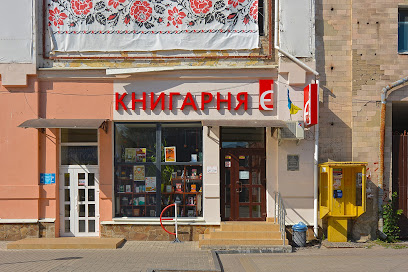
EVA
Discover the finest selection of cosmetics, perfumes, and home goods at EVA in Sumy, a must-visit destination for beauty enthusiasts.
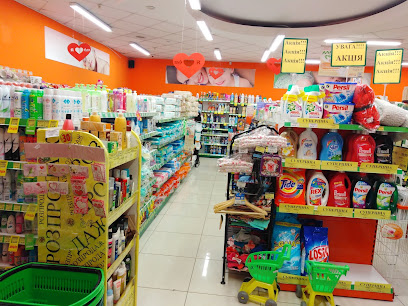
Torgovyj dim
Explore Torgovyj Dim in Sumy for an extensive selection of stylish clothing, shoes, and accessories for every fashion enthusiast visiting Ukraine.
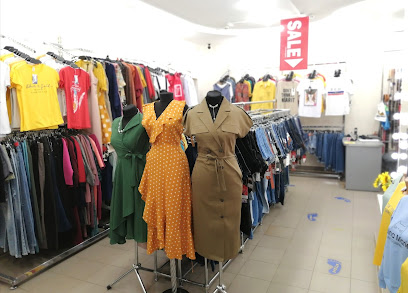
Магазин Пряжа
Explore the vibrant world of needlework at Магазин Пряжа, Sumy's premier shop for yarns and crafting supplies, where creativity comes alive.

Knyholyub
Discover Knyholyub, the enchanting book store in Sumy, where literature meets community and every page tells a story.
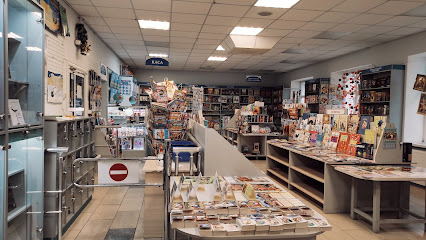
sinsay
Discover trendy and affordable fashion at Sinsay in Sumy, a must-visit clothing store for style-savvy shoppers.
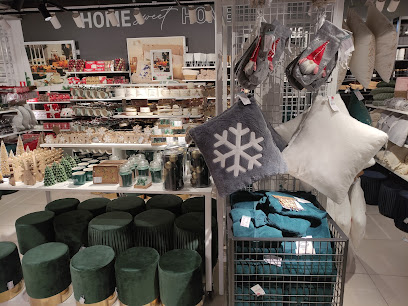
No taboo
Discover a world of adult entertainment at No Taboo, Sumy's premier store for intimate products and educational workshops.
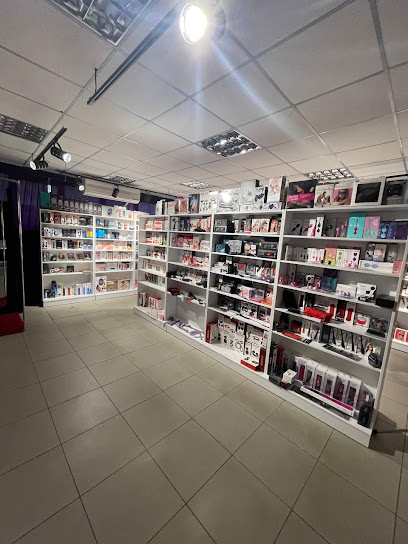
Ваш Лаваш
Discover the taste of Ukraine at Ваш Лаваш, a bakery in Sumy offering freshly baked delights and local flavors to satisfy your cravings.
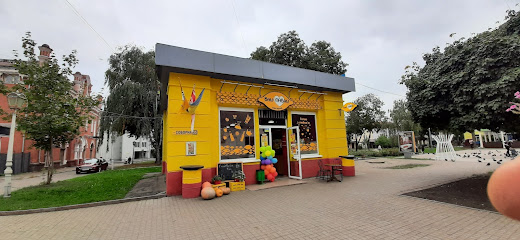
Turist
Discover the ultimate sporting goods store in Sumy, offering a diverse range of fishing gear and outdoor equipment for every adventure.
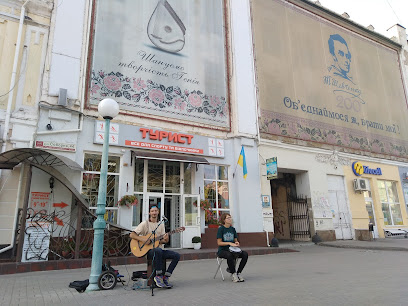
Monami
Explore Monami, Sumy's premier confectionery store, where delectable pastries and delightful desserts await your taste buds.
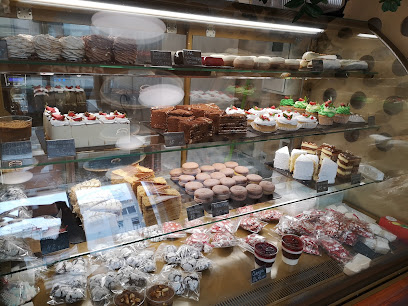
TA-DA! Товари для дому. Щодня!
Discover a unique shopping experience at TA-DA! in Sumy, where home goods meet affordability and variety in a charming atmosphere.

Essential bars & hidden hideouts
Irish Pub O'GRADY'S
Discover the authentic taste of Ireland at O'GRADY'S Irish Pub in Sumy, featuring delicious cuisine, a vibrant atmosphere, and a wide selection of drinks.
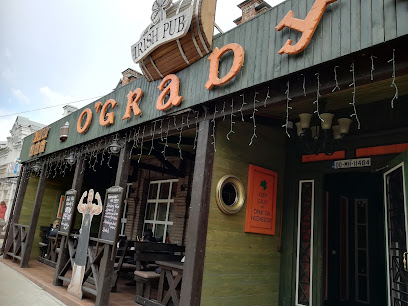
Marinade
Discover Marinade, Sumy's premier bar, where creative cocktails and a lively atmosphere come together for an unforgettable nightlife experience.
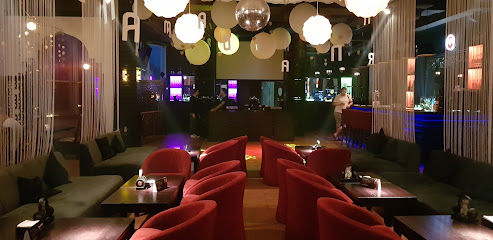
Білий Налив / Белый Налив
Experience the vibrant flavors of locally crafted ciders at Білий Налив, a cozy bar in Sumy where culture and taste come together.
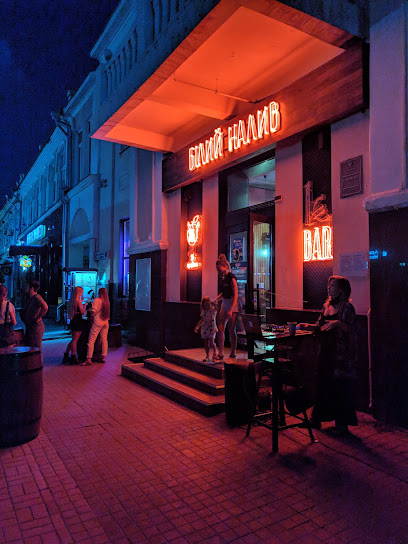
Johnny English
Experience the perfect blend of local flavors and friendly ambiance at Johnny English in Sumy, a must-visit pub for tourists.
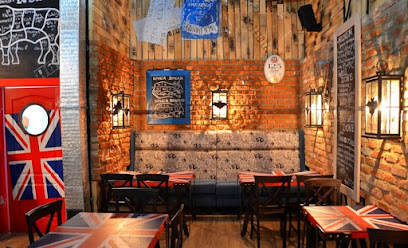
Elf
Discover the vibrant nightlife of Sumy at Elf, where delicious drinks and great atmosphere create unforgettable memories.
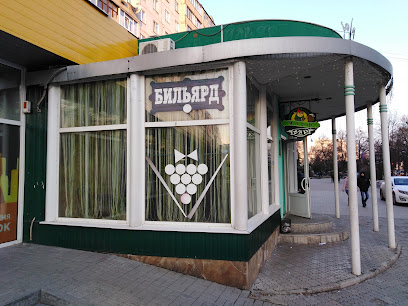
Old Pub
Discover the vibrant atmosphere and authentic flavors of Sumy at Old Pub, the perfect spot for a local experience.
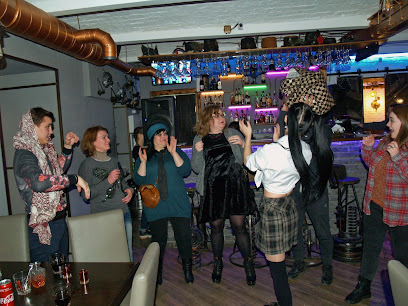
Prospekt
Discover the vibrant nightlife of Sumy at Prospekt, where unique drinks and a warm ambiance await every visitor.
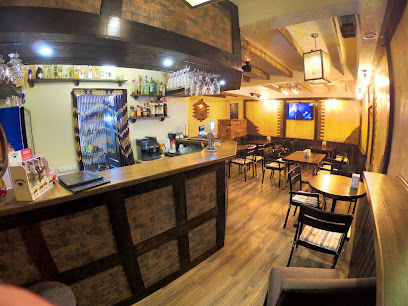
Pub Na Pselʹsʹkiy
Discover the rich flavors of Ukraine at Pub Na Psel’s’kiy, Sumy's beloved brewpub offering craft beer and delicious local cuisine.
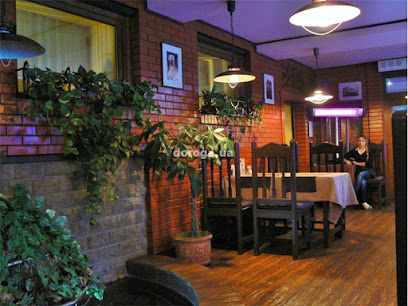
Natyur
Discover Natyur, a charming wine bar in Sumy, offering exquisite wines and a cozy atmosphere for a perfect evening out.
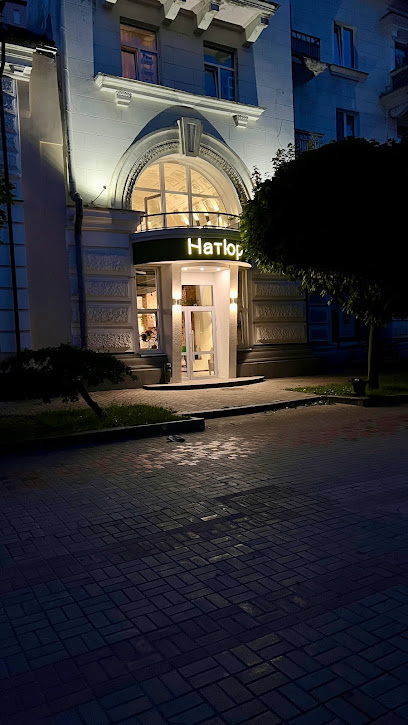
Beerloga
Discover the best of Sumy's local pub culture at Beerloga, where great food meets a fantastic atmosphere for every visitor.
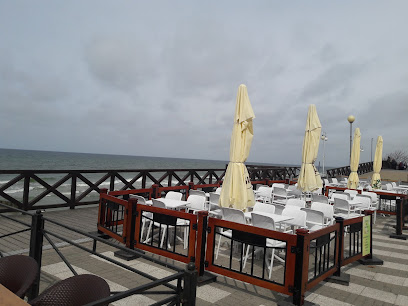
Queen
Experience the vibrant atmosphere and exquisite drinks at Queen, the top bar in Sumy, ideal for a night out with friends.
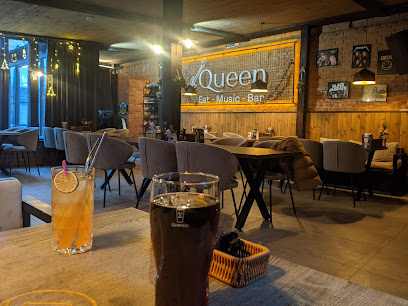
Андерграунд
Explore the vibrant nightlife of Sumy at Андерграунд, where local brews and delicious bites create the perfect evening atmosphere.

Sunrise cafe-bar
Discover the vibrant Sunrise Cafe-Bar in Sumy—your perfect retreat for drinks, snacks, and socializing in a cozy atmosphere.
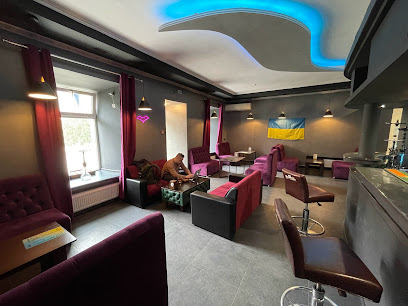
Ark Lounge&Bar
Discover Ark Lounge & Bar in Sumy - a vibrant spot for cocktails and culinary delights in a cozy atmosphere.
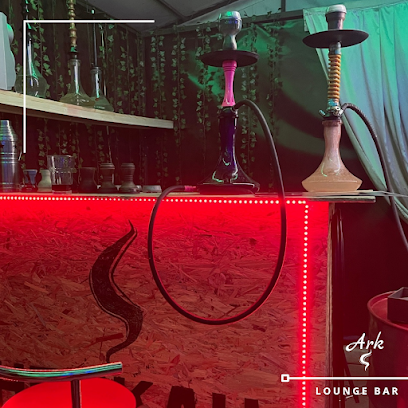
Charochna
Experience the vibrant nightlife of Sumy at Charochna, a popular bar offering local drinks, live music, and a welcoming atmosphere.

Local Phrases
-
- HelloПривіт
[Privit] - GoodbyeДо побачення
[Do pobachennya] - YesТак
[Tak] - NoНі
[Ni] - Please/You're welcomeБудь ласка
[Bud laska] - Thank youДякую
[Dyakuyu] - Excuse me/SorryВибачте
[Vybachte] - How are you?Як ви?
[Yak vi?] - Fine. And you?Добре. А ви?
[Dobre. A vi?] - Do you speak English?Ви говорите англійською?
[Vy hovoryte anhliysʹkoyu?] - I don't understandЯ не розумію
[Ya ne rozumiyu]
- HelloПривіт
-
- I'd like to see the menu, pleaseЯ б хотів подивитися меню, будь ласка
[Ya b khotiv podyvytysya meny, bud laska] - I don't eat meatЯ не їм м'ясо
[Ya ne yim m'yaso] - Cheers!Будьмо!
[Budʹmo!] - I would like to pay, pleaseЯ б хотів розрахуватися, будь ласка
[Ya b khotiv rozrakhuvatysya, bud laska]
- I'd like to see the menu, pleaseЯ б хотів подивитися меню, будь ласка
-
- Help!Допоможіть!
[Dopomozhitʹ!] - Go away!Піди геть!
[Pidi hetʹ!] - Call the Police!Викличте поліцію!
[Vyklchyte politsiyu!] - Call a doctor!Викличте лікаря!
[Vyklchyte likarya!] - I'm lostЯ загубився
[Ya zahubyvsya] - I'm illЯ хворий
[Ya khvoryy]
- Help!Допоможіть!
-
- I'd like to buy...Я б хотів купити...
[Ya b khotiv kupity...] - I'm just lookingЯ просто дивлюся
[Ya prosto dyvlyusya] - How much is it?Скільки це коштує?
[Skilʹky tse koshtuye?] - That's too expensiveЦе занадто дорого
[Tse zanadto doroho] - Can you lower the price?Чи можете ви знизити ціну?
[Chy mozhete vy znyzyty tsinu?]
- I'd like to buy...Я б хотів купити...
-
- What time is it?Котра година?
[Kotra hodyna?] - It's one o'clockОдинадцята година
[Odynadtsyata hodyna] - Half past (10)Пів на одинадцяту
[Piv na odynadtsyatu] - MorningРанок
[Ranok] - AfternoonДень
[Denʹ] - EveningВечір
[Vechir] - YesterdayВчора
[Vchora] - TodayСьогодні
[Sʹogodni] - TomorrowЗавтра
[Zavtra] - 1Один
[Odin] - 2Два
[Dva] - 3Три
[Try] - 4Чотири
[Chotyry] - 5П'ять
[P'yatʹ] - 6Шість
[Shistʹ] - 7Сім
[Sim] - 8Вісім
[Visim] - 9Дев'ять
[Dev'yatʹ] - 10Десять
[Desyatʹ]
- What time is it?Котра година?
-
- Where's a/the...?Де є/знаходиться...?
[De ye/znakhodytsya...?] - What's the address?Яка адреса?
[Yaka adresa?] - Can you show me (on the map)?Чи можете ви мені показати (на мапі)?
[Chy mozhete vy meni pokazaty (na mapi)?] - When's the next (bus)?Коли наступний (автобус)?
[Koly nastupnyy (avtobus)?] - A ticket (to ....)Квиток (до ....)
[Kvytok (do ....)]
- Where's a/the...?Де є/знаходиться...?
History of Sumy
-
Sumy was officially founded in 1652 by Cossack settlers who were seeking refuge from the Polish-Lithuanian Commonwealth's oppression. The settlement quickly grew due to its strategic location near the banks of the Psel River, which provided both defense and trade opportunities.
-
During the 17th and 18th centuries, Sumy flourished as part of the Cossack Hetmanate, an autonomous Cossack state under the suzerainty of the Russian Tsar. The city benefited from a degree of self-governance and became a hub for trade and agriculture.
-
In the late 18th century, Sumy was incorporated into the Russian Empire following the dismantling of the Cossack Hetmanate. The city experienced rapid industrial growth, particularly in sugar production, which became a cornerstone of its economy.
-
The 19th century saw Sumy evolve into a significant industrial center. The development of railroads further connected the city with major Russian markets, and the population grew substantially. Cultural landmarks like the Holy Transfiguration Cathedral were constructed during this period.
-
Following the Russian Revolution of 1917, Sumy witnessed turbulent times as it became a battleground during the Ukrainian War of Independence (1917-1921). The city changed hands multiple times between Ukrainian national forces, Bolsheviks, and the White Army.
-
Under Soviet rule, Sumy underwent extensive industrialization. The establishment of large factories and plants transformed the city's economy. However, the Soviet era also brought repression, including the Holodomor famine of 1932-1933, which had devastating effects on the local population.
-
During World War II, Sumy was occupied by Nazi Germany from 1941 to 1943. The occupation resulted in significant hardships, including the destruction of infrastructure and the persecution of the local Jewish community. The city was liberated by the Red Army in 1943.
-
After World War II, Sumy was rebuilt and continued to grow as an industrial city. The Soviet government invested heavily in the reconstruction of factories and housing, shaping much of the city's modern infrastructure. Educational institutions like Sumy State University were also established.
-
Following Ukraine's independence in 1991, Sumy transitioned from a Soviet industrial hub to a modern Ukrainian city. The city has since focused on diversifying its economy, fostering cultural developments, and restoring historical landmarks. It has become a symbol of resilience and adaptation in modern Ukraine.
-
In recent years, Sumy has seen a cultural renaissance with the revitalization of historical sites, the establishment of new cultural institutions, and a growing emphasis on tourism. The city's rich history and vibrant culture continue to attract visitors from around the world.
Sumy Essentials
-
Sumy is located in northeastern Ukraine, approximately 350 kilometers from Kyiv. The nearest international airport is Boryspil International Airport in Kyiv. From Kyiv, you can reach Sumy by train, bus, or car. Trains from Kyiv to Sumy operate regularly and the journey takes about 5 to 6 hours. Buses are also available and they take around the same time. If you prefer to drive, the journey by car takes approximately 4 to 5 hours via the E101 highway.
-
Sumy has a well-developed public transport system including buses, trolleybuses, and minibuses (marshrutkas). Taxis are also available and relatively inexpensive; ride-hailing apps such as Uber operate in the city. For short distances, walking is a good option as many attractions are within walking distance of each other. Bicycle rentals are available for those who prefer to explore the city on two wheels.
-
The official currency in Ukraine is the Ukrainian Hryvnia (UAH). Credit cards are widely accepted in hotels, restaurants, and shops in Sumy. However, it is advisable to carry some cash, especially when visiting smaller establishments or local markets. ATMs are readily available throughout the city for convenient cash withdrawals.
-
Sumy is generally a safe city for tourists, but it is always wise to take standard precautions. Avoid walking alone at night in poorly lit or unfamiliar areas. Petropavlivska Street and Sumy Central Market can get crowded, so keep an eye on your belongings. There are no specific high-crime areas targeting tourists, but staying vigilant is recommended.
-
In case of emergency, dial 112 for immediate assistance. Sumy has local police stations and medical facilities available. It is recommended to have travel insurance that covers medical emergencies. Pharmacies are readily available for minor health issues. The Sumy City Hospital is well-equipped for more serious medical emergencies.
-
Fashion: Do dress conservatively, especially when visiting religious sites. Avoid wearing overly revealing clothing. Religion: Do respect local customs and traditions. When visiting churches, women should cover their heads and men should remove their hats. Public Transport: Do be courteous and give up your seat to elderly passengers. Don’t eat or drink on public transport. Greetings: Do greet people with a firm handshake. A friendly 'Dobry den' (Good day) is appreciated. Eating & Drinking: Do try local dishes and accept food offerings graciously. Don’t refuse hospitality, as it is considered impolite.
-
To experience Sumy like a local, visit the Sumy Central Market for fresh produce and traditional Ukrainian goods. Engage with locals; they are often friendly and willing to share stories about the city’s history and culture. Don’t miss the Sumy Regional Art Museum and the Sumy State Drama and Musical Comedy Theatre for a taste of local arts. For a unique experience, stroll through the picturesque Children's Park 'Kazka' and the scenic Sumy City Park.
Trending Landmark in Sumy
-
Altanka
-
Kozhedub Culture and Recreation Park
-
Memorial of Glory
-
Spaso-Preobrazhensʹkyy Kafedralʹnyy Sobor (Russian church in UA)
-
Sadko
-
Holy Resurrection Cathedral
-
Shevchenko Park Square
-
Trinity Cathedral
-
Sugar Monument
-
Regional Museum of Art
-
Sumy Regional Museum
-
Church of the Annunciation of the Blessed Virgin Mary
-
Lushpa Monument
-
Manor Sumovskyh
-
Mykhailo Shchepkin Monument
Nearby Cities to Sumy
-
Things To Do in Kharkiv
-
Things To Do in Poltava
-
Things To Do in Kremenchuk
-
Things To Do in Chernihiv
-
Things To Do in Cherkasy
-
Things To Do in Kyiv
-
Things To Do in Kropyvnytskyi
-
Things To Do in Zaporozhye
-
Things To Do in Zaporizhzhia
-
Things To Do in Kryvyi Rih
-
Things To Do in Donetsk
-
Things To Do in Mariupol
-
Things To Do in Vinnytsia
-
Things To Do in Kherson
-
Things To Do in Khmelnytskyi









